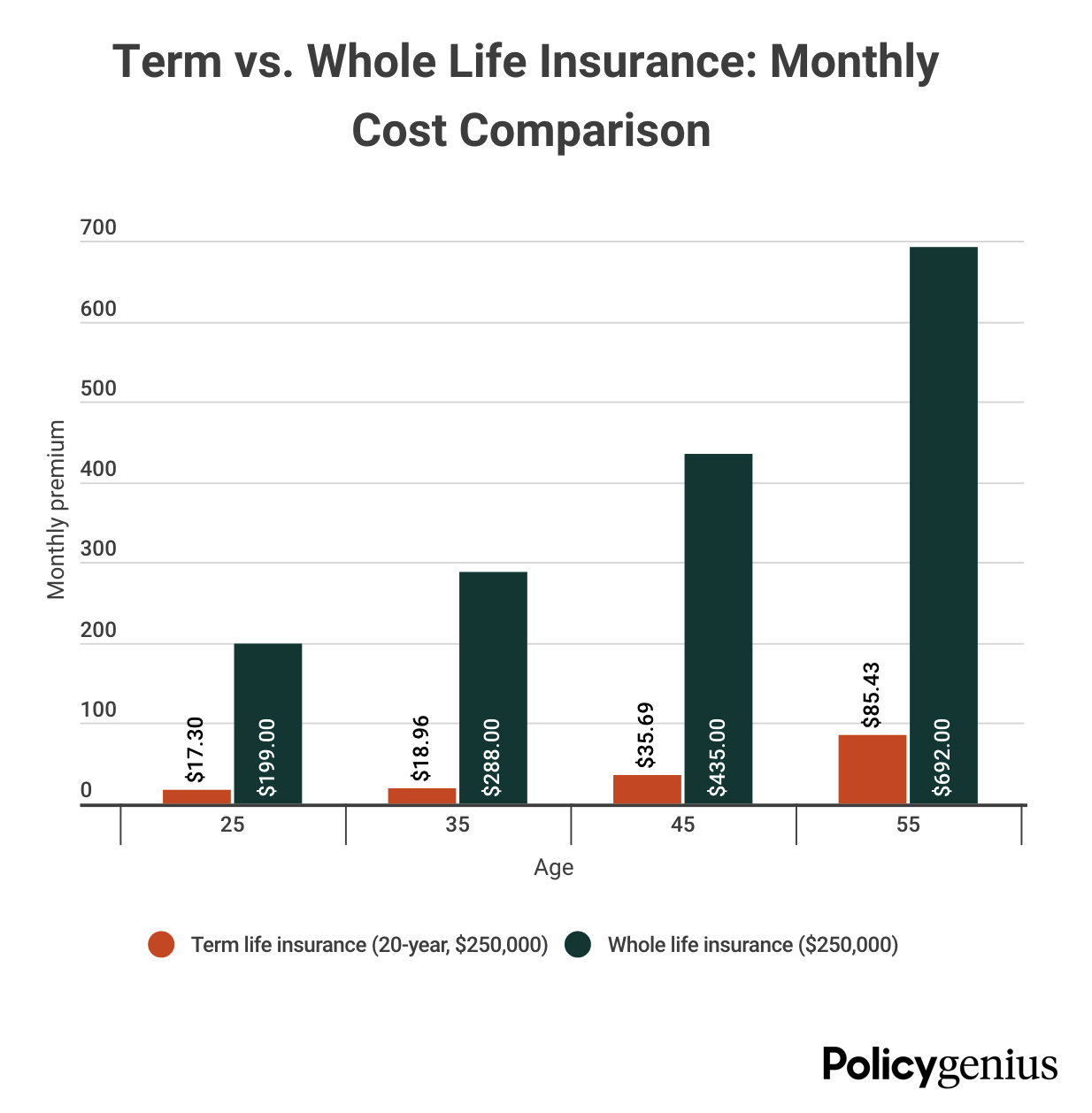It is funded by a 2% tax levy on all taxpayers, an extra 1% levy on high earnings earners, in addition to general profits. The Wesley Financial Group, Llc private health system is moneyed by a variety of personal health insurance coverage companies. The largest of these is Medibank Private Limited, which was, till 2014, a government-owned entity, when it was privatized and listed on the Australian Stock Market. Australian health funds can be either 'for revenue' including Bupa and nib; Cost Of Cancelling A Timeshare 'mutual' consisting of Australian Unity; or 'non-profit' consisting of GMHBA, HCF and the HBF Medical Insurance. Some, such as Cops Health, have membership limited to specific groups, but the bulk have open membership.
These comparison websites run on a commission-basis by contract with their taking part health funds. The Private Health Insurance coverage Ombudsman also Timeshare Movie Online Free operates a complimentary site that permits customers to search for and compare private health insurers' items, that includes info on cost and level of cover. How does cobra insurance work. The majority of aspects of private medical insurance in Australia are regulated by the Private Medical Insurance Act 2007. Grievances and reporting of the private health industry is performed by an independent federal government firm, the Private Health Insurance Coverage Ombudsman. The ombudsman publishes an annual report that describes the number and nature of problems per health fund compared to their market share The private health system in Australia operates on a "neighborhood score" basis, where premiums do not differ exclusively due to the fact that of an individual's previous case history, present state of health, or (normally speaking) their age (but see Lifetime Health Cover below). Personal medical insurance coverage does not normally cover first aid but subsequent healing could be paid for if the patient were moved into a personal client system. On the 1st of August, 2018 the DHHS provided a final rule which made federal modifications to Short-Term, Limited-Duration Health Insurance (STLDI) which lengthened the maximum contract term to 364 days and renewal for up to 36 months. This new guideline, in mix with the expiration of the penalty for the Private Mandate of the Affordable Care Act, has actually been the topic of independent analysis. The United States health care system relies greatly on private health insurance coverage, which is the main source of coverage for many Americans.
9% of American adults had private health insurance, according to The Center for Disease Control and Prevention. The Company for Healthcare Research Study and Quality (AHRQ) discovered that in 2011, private insurance was billed for 12. 2 million U.S. inpatient health center stays and incurred approximately $112. 5 billion in aggregate inpatient hospital costs (29% of the overall national aggregate costs). Public programs offer the primary source of protection for most elderly people and for low-income children and households who satisfy specific eligibility requirements. The primary public programs are Medicare, a federal social insurance coverage program for seniors and specific handicapped individuals; and Medicaid, funded collectively by the federal government and states but administered at the state level, which covers particular extremely low earnings kids and their households.
SCHIP is a federal-state collaboration that serves particular kids and households who do not get approved for Medicaid but who can not pay for private coverage. Other public programs consist of military health benefits provided through TRICARE and the Veterans Health Administration and advantages offered through the Indian Health Service. Some states have extra programs for low-income people (How much is pet insurance). In the late 1990s and early 2000s, health advocacy companies started to appear to help clients deal with the intricacies of the health care system. The complexity of the health care system has actually led to a range of issues for the American public. A research study discovered that 62 percent of persons stating personal bankruptcy in 2007 had unpaid medical expenses of $1000 or more, and in 92% of these cases the medical financial obligations went beyond $5000.
The Medicare and Medicaid programs were approximated to soon represent 50 percent of all nationwide health costs. These aspects and many others fueled interest in an overhaul of the healthcare system in the United States. In 2010 President Obama signed into law the Client Protection and Affordable Care Act. This Act includes an 'private required' that every American needs to have medical insurance coverage (or pay a fine). Health policy professionals such as David Cutler and Jonathan Gruber, along with the American medical insurance coverage lobby group America's Health Insurance coverage Plans, argued this arrangement was needed in order to offer "guaranteed concern" and a "community ranking," which attend to out of favor functions of America's health insurance coverage system such as premium weightings, exemptions for pre-existing conditions, and the pre-screening of insurance applicants.
The Ultimate Guide To How Much Is Car Insurance Per Month

The Client Defense and Affordable Care Act was figured out to be constitutional on 28 June 2012. The Supreme Court determined that Congress had the authority to apply the specific required within its taxing powers. In the late 19th century, "mishap insurance" began to be offered, which operated much like contemporary impairment insurance coverage. This payment model continued till the start of the 20th century in some jurisdictions (like California), where all laws regulating medical insurance actually described disability insurance coverage. Mishap insurance coverage was first provided in the United States by the Franklin Health Guarantee Company of Massachusetts. This company, established in 1850, used insurance coverage against injuries occurring from railroad and steamboat accidents.
